The 28th
LaureateArchitecture
Paulo Mendes da Rocha
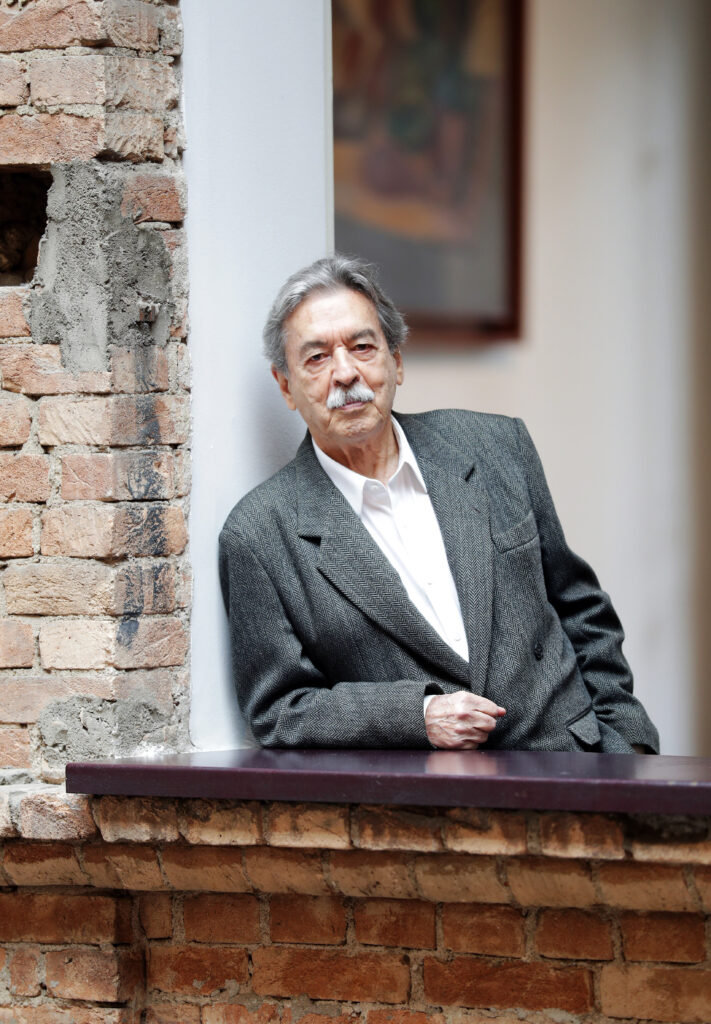
Brazilian architect, Paulo Mendes da Rocha showed prodigious talent from an early age, winning the competition to design the Gymnasium in the Paulistano Athletic Club at the age of 29. This hugely successful building was followed by other projects such as the renovation of the Pinacoteca do Estado de São Paulo, the Brazilian Museum of Sculpture and the Patriarch Plaza redevelopment project with its iconic Portico. With a strong understanding of engineering (his father was a renowned engineer), these projects highlight the innate appeal of simple materials such as concrete and steel and are structured to utilize space to maximum effect. Pursuing “an ideal harmony between the internal and the external, ” his work comprehensively takes into account locality, history and landscape. Although da Rocha designed the Brazilian Pavilion at the 1970 World Exposition in Osaka, he has primarily worked in his native Brazil – with his first large scale overseas project, The National Coach Museum in Lisbon, Portugal, being completed in 2015. In 2006 he became the second Brazilian architect to be given the Pritzker Prize (the first being Oscar Niemeyer) and at the 2016 Venice Architecture Biennale, he received the Golden Lion for lifetime achievement.
Biography
Although nearly 90, Brazilian Architect, Paulo Mendes da Rocha does not look his age – he looks much younger – and his creativity and energy show no signs of waning.
Influenced by his father, a renowned engineer whose projects included constructions in harbors, over rivers and canals, da Rocha aspired to be an architect from childhood. After graduating from the Mackenzie Presbyterian University in São Paulo, he showed prodigious talent from an early age, winning a competition when he was only 29, to design the Gymnasium in the Paulistano Athletic Club. Subsequently he has carried out numerous projects that have helped define São Paulo’s character as a city, including his renovation of the Pinacoteca do Estado de São Paulo, the Brazilian Museum of Sculpture, and the Patriarch Plaza redevelopment project – well-known for its iconic Portico. Many of these projects highlight the innate appeal of simple materials such as concrete and steel, and are structured to utilize spaces to maximum effect.
At the heart of da Rocha’s architecture is the pursuit of an “ideal harmony between the internal and the external.” While comprehensively taking into account locality, history and landscape, he notes that “an architect doesn’t design for himself. He designs for society. So it’s society that is in charge. And these desires are very complex, and are necessarily addressed by us in a total complexity and all at the same time.” Furthermore, he continues, “I think the charm of architecture is that there aren’t any pre-established rules. It is subject to the human imagination. You must be very free in order to be an architect.”
Most of da Rocha’s works are concentrated in São Paulo, where he still resides, but in 1970 he designed the Brazilian Pavilion for the 1970 World Exposition in Osaka, Japan. He remembers his month in Osaka fondly, “It was one of the greatest adventures of my life.” More recently, he has come to international notice with his first large scale overseas project, the National Coach Museum (2015) in Lisbon, the capital of Portugal.
Over the years, he has taught at the University of São Paulo and served as President of the Brazilian Institute of Architects and remains as one of Brazil’s most prominent and active architects working today.
Of his compatriot Oscar Niemeyer, the Brazilian architect who received the Praemium Imperiale Award in 2004, he recalls, “We never worked together, there was never any professional collaboration, but we became great friends. He often called me on the telephone, and whenever I visited Rio I would visit him in his wonderful office.” Because of this friendship, da Rocha was overjoyed to be the second Brazilian recipient of the Praemium Imperiale for Architecture, saying, “I see that it’s not a prize for me, as a person, but it’s a sort of commemoration of our friendship, the people of Japan and the people of Brazil.”
Chronology
-
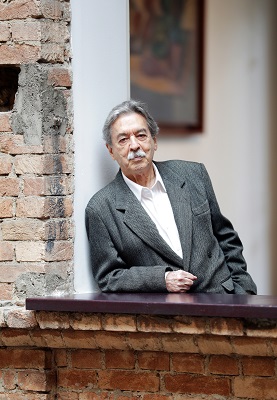
Inside Pinacoteca do Estado de São Paulo
-
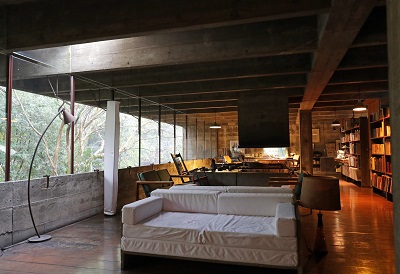
His former residence
-
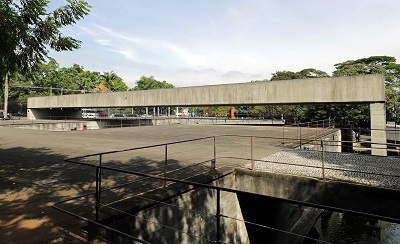
Brazilian Museum of Sculpture
-
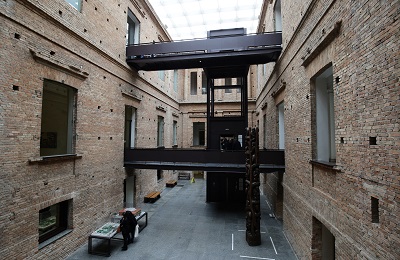
Pinacoteca do Estado de São Paulo
-
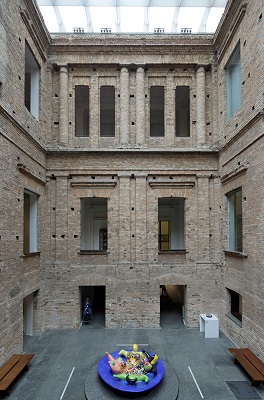
Pinacoteca do Estado de São Paulo
-
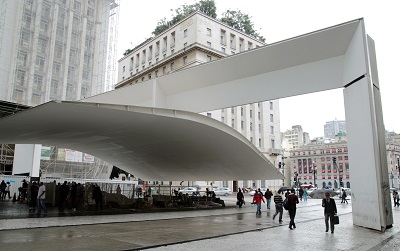
Patriarch Square Portico
